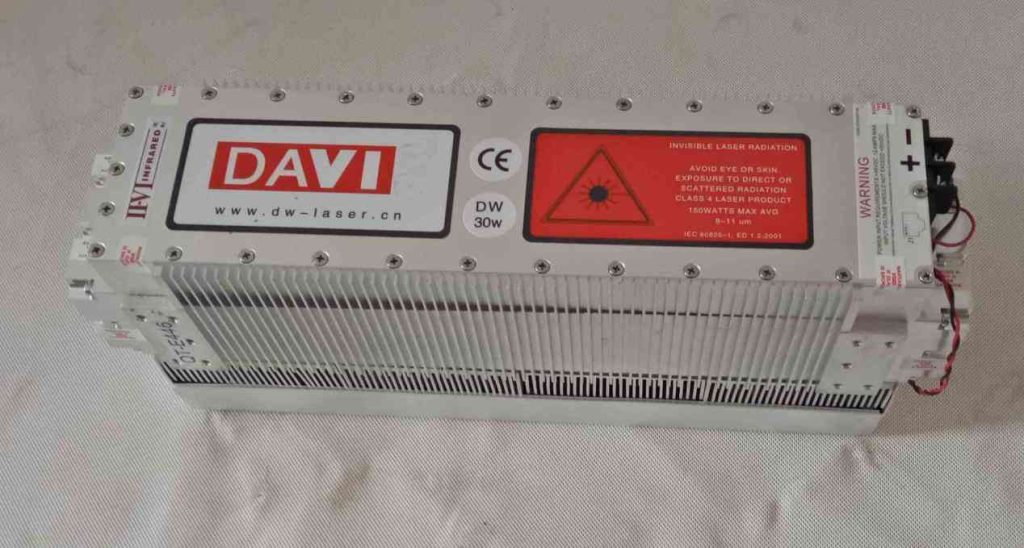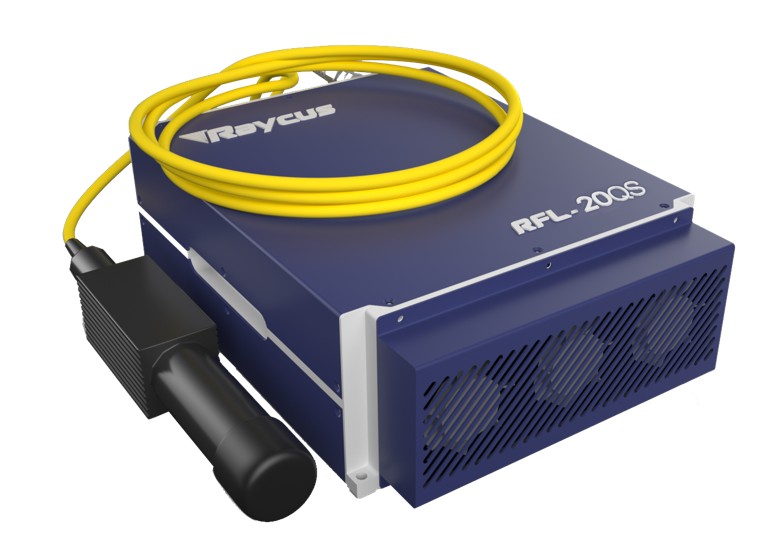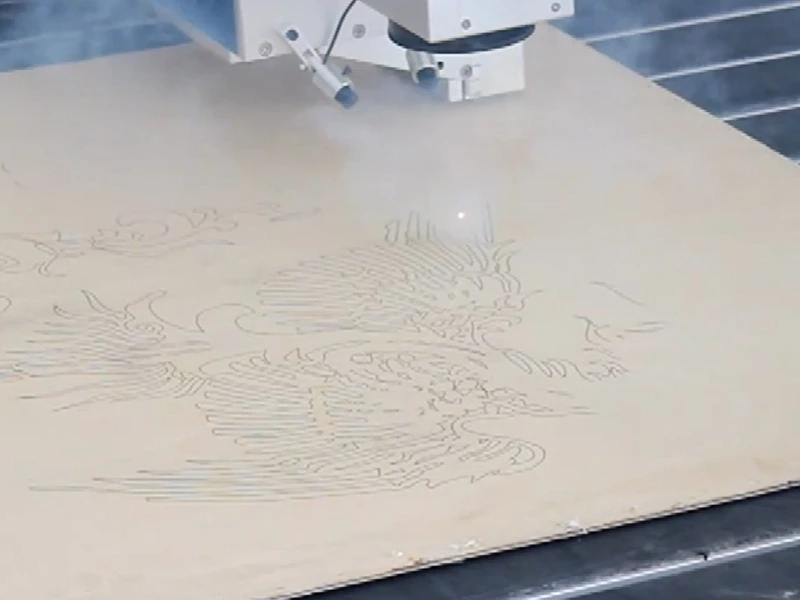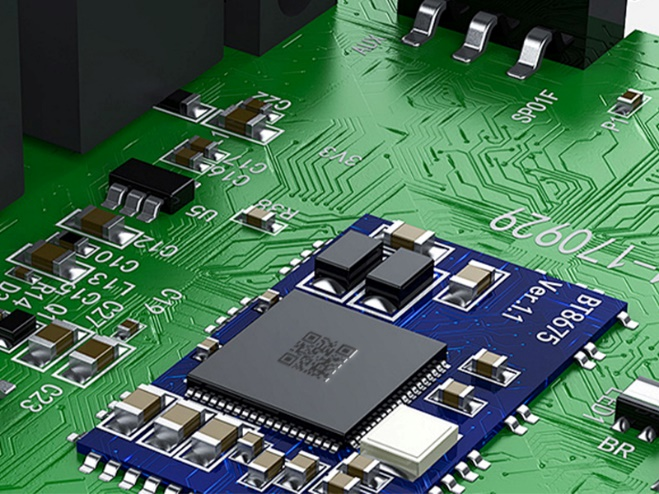What Are Fiber Lasers Good For?
In just over a decade, fiber laser markers have surpassed CO2 laser markers to become the most commonly used marking machines in industry. This article will examine the principles, advantages, and applications of fiber laser technology to explain this shift. Additionally, it will address whether other new laser markers can compete with fiber lasers.
Very Long Lasting Durability with Reliable
Conventional CO2 lasers use a high-voltage power supply to excite gas molecules, such as CO2, N2, and He, inside the diode. This generates a glow discharge. This process excites the CO2 molecules, causing them to transition to a high-energy state. When these molecules transition back to a lower energy state, they emit a laser beam consisting of photons with a wavelength of 10.6μm.

Fiber lasers typically use a semiconductor diode to excite rare earth elements in the doped fiber, which are excited to emit photons to form a laser beam. The beam is amplified by multiple reflections in an optical resonance cavity until it reaches a threshold, resulting in stable laser oscillations and output. The excellent heat dissipation, interference immunity and guidance properties of fiber optic cables ensure superior stability and longer service life than conventional CO2 lasers and other solid-state lasers. The typical lifespan of a fiber laser is over 100,000 working hours.

Perfect for Marking Metallic Objects
Fiber laser marking machines are more efficient than other types of lasers for marking, engraving, and cutting metals. Due to their construction, they can achieve higher power. Fiber lasers can achieve higher contrast marking than traditional dot peen marking or scribing when marking metals. They are also more suitable for automation due to their contactless processing and can achieve a certain degree of engraving and cutting capabilities.
Why Choose a Fiber Laser Marker for Plastics, NOT a UV Laser?
Companies that provide advanced electronic manufacturing services (EMS) usually use fiber lasers rather than UV or green lasers for the marking of injection-molded parts used in automotive products, consumer electronics, and home appliances. There are three main reasons for this.
1. Lower overall deployment costs when materials can be marked with a fiber laser.
2. The simple structure of fiber laser marking machines makes them easy to integrate into existing production lines. They can also be made very small.
3. Fiber lasers offer stability, immunity to interference, and vibration resistance.

Fiber Laser, MOPA Fiber Laser, or Ultrafast Infrared Laser?
In some cases, customers must choose an MOPA fiber laser to achieve a specific marking effect on a particular material. A MOPA (Master Oscillator Power Amplifier) modulates a semiconductor seed source with direct electrical pulses. This allows for flexible adjustment of pulse width, frequency, waveform, and other parameters. These adjustments provide more precise optical control and processing capabilities for materials.
Additionally, ultrafast picosecond and femtosecond infrared lasers are classified as MOPA. Precision laser applications, such as drilling silicon PCBs and glass parts and cutting thin films, require shorter pulse widths, higher instantaneous energies, and reduced thermal effects.
Find the Best Configuration and Quotation from Zixu
Since developing our own laser marking machines in 2014, Zixu has delivered thousands of fiber laser marking machines. These include customized, non-standard machines for automated production lines; ultra-high-speed infrared laser marking machines for processing special materials; and workstations for simultaneous laser and dot peen marking. We have also served more than ten Fortune 500 companies. Contact our sales team for case studies and guidance on making the best decision for your needs.
Recommended Products




